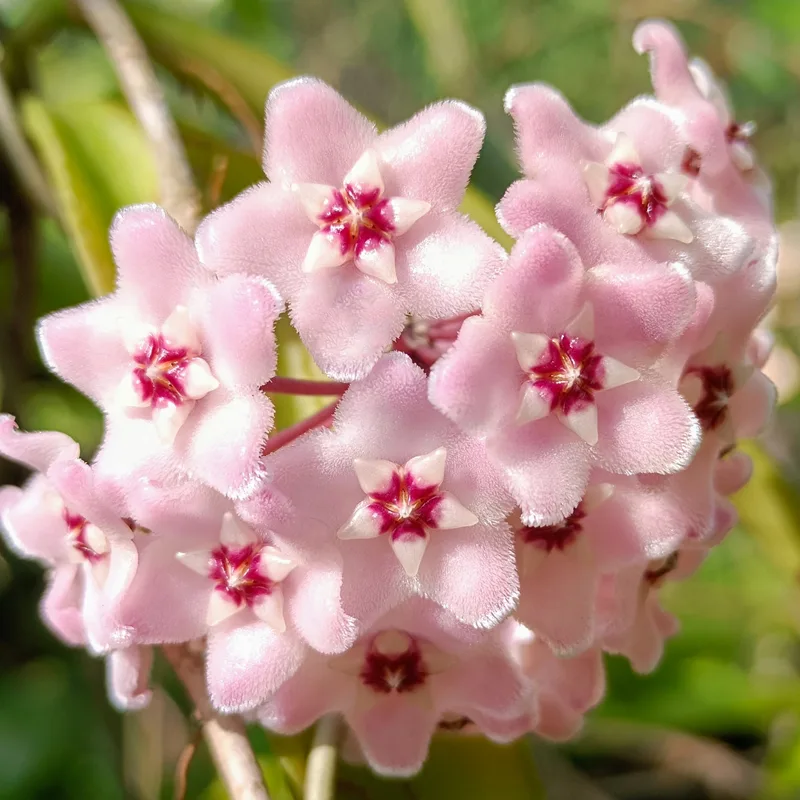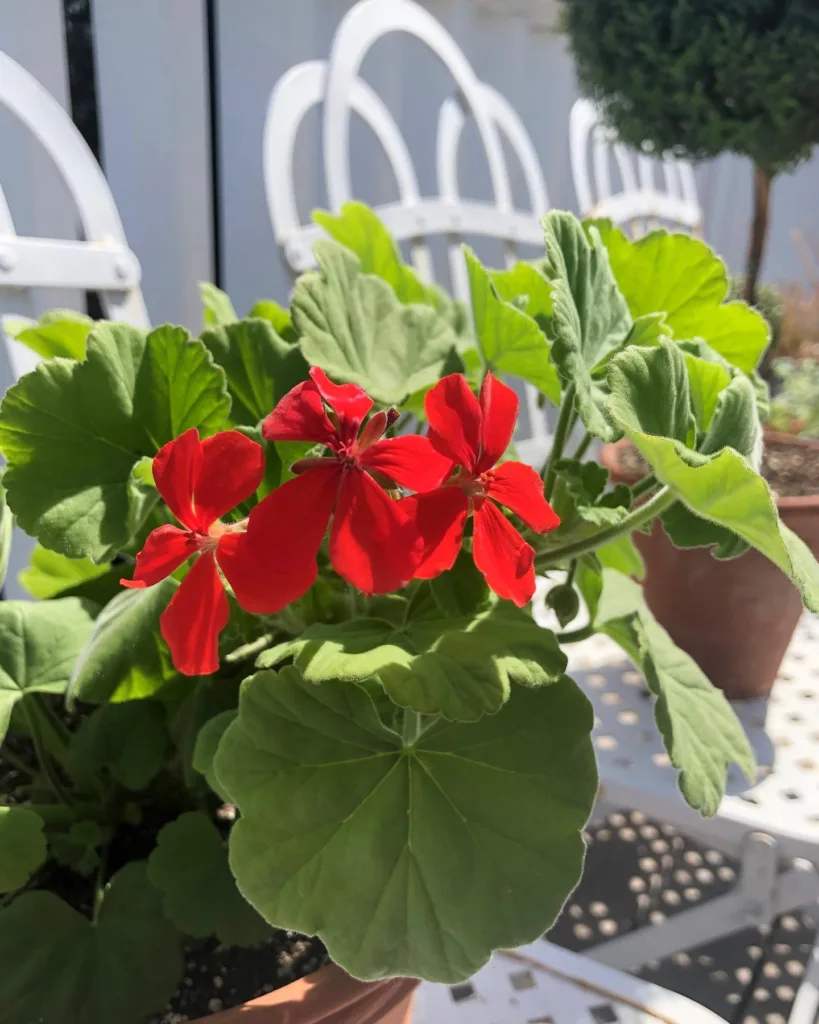My Journey with Ophioglossum Reticulatum
When I first encountered Ophioglossum Reticulatum, I was immediately captivated by its delicate beauty and intricate structure. Known as the netted adder’s-tongue fern, this remarkable plant has found a special place in my botanical collection. Its unique characteristics and fascinating biology have inspired me to delve deeper into understanding this extraordinary fern.
What is Ophioglossum Reticulatum?
Ophioglossum Reticulatum is a species of fern that belongs to the Ophioglossaceae family. This fern is often referred to as the netted adder’s-tongue due to its net-like venation and the tongue-shaped fertile spike. It thrives in tropical and subtropical regions and can be found in diverse habitats ranging from forests to grasslands. Its small, yet striking appearance makes it a fascinating subject for both botanists and plant enthusiasts alike.
Why Does Ophioglossum Reticulatum Have So Many Chromosomes?
One of the most intriguing aspects of Ophioglossum Reticulatum is its exceptionally high chromosome count. Unlike most plants, which typically have a few dozen chromosomes, Ophioglossum Reticulatum boasts over 1,260 chromosomes. This astounding number is the highest known in the plant kingdom. But why does this fern have so many chromosomes?
The primary reason for the high chromosome count is believed to be polyploidy, a condition where an organism has more than two complete sets of chromosomes. Over evolutionary time, this fern has undergone numerous instances of genome duplication, leading to an accumulation of chromosomes. This genetic makeup may provide the plant with a higher level of genetic diversity, allowing it to adapt to various environmental conditions more effectively.
How to Care for Ophioglossum Reticulatum?
Caring for Ophioglossum Reticulatum can be a rewarding experience if you understand its needs. Here are some tips to ensure your fern thrives:
- Light: This fern prefers indirect light. Direct sunlight can be too harsh and cause the leaves to scorch. Place it in a spot where it can receive filtered light or partial shade.
- Watering: Ophioglossum Reticulatum enjoys a humid environment. Keep the soil consistently moist, but not waterlogged. Using a spray bottle to mist the plant regularly can help maintain the required humidity levels.
- Soil: Use a well-draining, fertile soil mix. Adding organic matter such as compost can enhance soil quality and provide necessary nutrients.
- Temperature: This fern thrives in warm temperatures typical of tropical environments. Aim to keep the surrounding temperature between 60-75°F (15-24°C).
How to Propagate Ophioglossum Reticulatum?
Propagating Ophioglossum Reticulatum can be a bit challenging but is definitely possible with some patience and care. The primary method is through spores since this fern does not produce seeds.
- Spore Collection: Wait until the spore-bearing structures, called sporangia, mature. They will turn a brownish color when ready.
- Spore Sowing: Spread the collected spores over a moist, sterile substrate such as peat moss. Cover with a plastic lid or place in a terrarium to maintain high humidity.
- Germination: Keep the substrate consistently moist and provide indirect light. It can take several weeks to months for spores to germinate and form tiny fern gametophytes.
- Transplanting: Once the young ferns are large enough to handle, they can be transplanted into individual pots.
What to Plant with Ophioglossum Reticulatum?
Choosing the right companion plants can enhance the beauty of Ophioglossum Reticulatum and create a more balanced ecosystem. Consider these options:
- Ferns: Other ferns with similar light and moisture requirements can make excellent companions. Ferns like maidenhair and bird’s nest fern complement the Ophioglossum’s texture.
- Mosses: Mosses thrive in similar humid conditions and can create a lush, green carpet around your fern, enhancing the overall aesthetic.
- Shade-loving Plants: Plants like hostas or caladiums that enjoy shady, moist environments can add variety and color to your plant arrangement.
What Are the Benefits of Growing Ophioglossum Reticulatum?
Growing Ophioglossum Reticulatum is not only aesthetically pleasing but also offers several benefits:
- Educational Value: This fern provides a unique opportunity to study plant genetics and polyploidy.
- Air Purification: Like many ferns, Ophioglossum Reticulatum helps improve indoor air quality by removing toxins.
- Biodiversity: Cultivating this fern contributes to the conservation of plant biodiversity.
Ophioglossum Reticulatum is truly a remarkable fern that offers both beauty and scientific intrigue. By understanding its needs and characteristics, you can successfully cultivate and enjoy this fascinating plant in your own home or garden.
If i die, water my plants!



